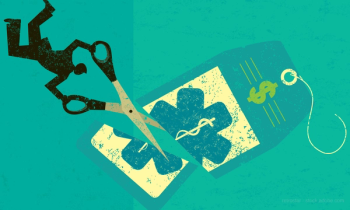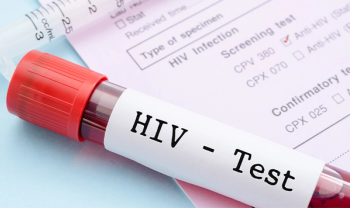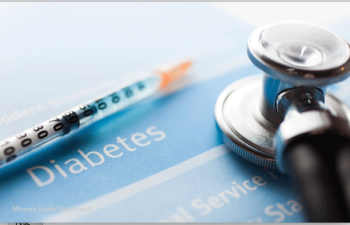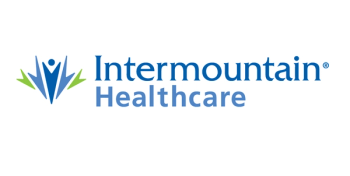
Drug to treat prostate cancer is expected to produce a major windfall for two pharma makers.

Drug to treat prostate cancer is expected to produce a major windfall for two pharma makers.

FDA approved yet another indication for pembrolizumab (Keytruda) to treat patients with recurrent, locally advanced or metastatic, squamous cell carcinoma of the esophagus (ESCC).

A look at what payers are-or should be-focusing on in terms of their strategy for getting customers.

What a movie can teach you about innovation in your organization.

Where claims are coming from-and how to stop them.

Guidelines from the real-world experiences of ACO leaders.

Creating a health ecosystem for our modern-day customer-seniors with evolving healthcare needs and challenges

How MCOs are delivering value to Medicaid populations.

New study shows that billions may be wasted on unnecessary ED visits.

FDA is adding an important new Boxed Warning on the higher-dose version of this drug.

How the president’s Advancing American Kidney Health’ Initiative will impact policy.

Following the consumerization trend, Anthem has released an app designed to give members easier physician access.

Due, at least in part, to the substantial increase in the number of sales of New York not-for-profit skilled nursing facilities to for-profit operators since 2015, the Charities Bureau of the New York State Attorney General is subjecting such transactions to increased scrutiny, including objecting to certain of such sales, increasing the time and cost associated with such transactions.

Chronic pain patients on opioid therapy have limited access to primary care providers, which could lead to negative outcomes

How a tool is helping execs define and measure value in oncology.

Clinical trials hold great promise for advancing healthcare-but only if the right patients are found.

How Blue Cross Blue Shield of Massachusetts achieved success with its Alternative Quality Contract payment model.

Why researchers say current brain disorder prevention approaches aren’t adequate.

Study shows that PBMs may lead to higher drug prices.

What today’s seniors expect from healthcare-and how you can deliver it.

New study finds that when providers engage patients with HIV, patients respond more favorably.

FDA approved the first and only ready-to-use insulin for IV infusion in hospitals and acute care settings.

Healthcare providers are ready and planning to assume increased levels of risk through commercial payer and Medicare contracting models and Medicare Advantage.

Customized survivorship plans specific to the cancer the patient endured and the treatment they received are essential.

New study shows that more physicians are interested in telemedicine and locum tenens.

Oncologists are under intense pressure to come up with cost savings-and many are turning to value-based care structures.

Why a new study that actively tracks patient quality-of-life could be a big advancement in clinical trials.

A new comprehensive health platform company will focus on elevating value-based care capabilities with providers, payers, healthcare systems, and ACOs.

New analysis shows what the effect of high-cost health plan taxes could mean.